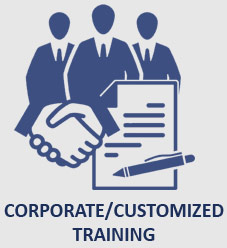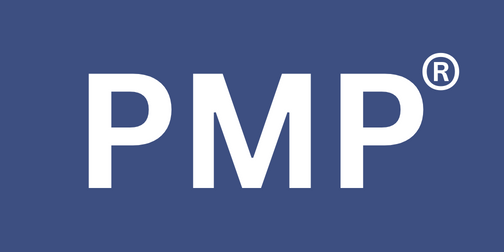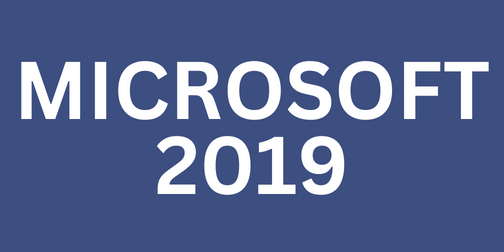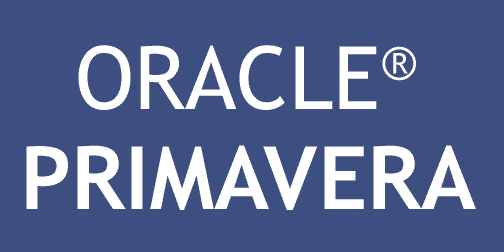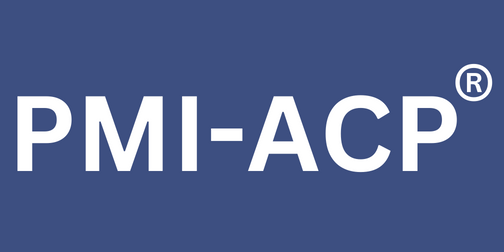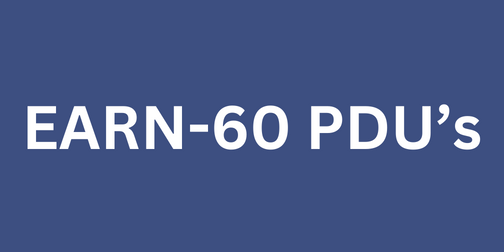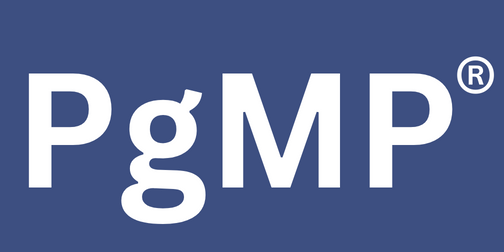PeopleCert DevOps Leadership
DevOps (a clipped compound of "Development" and "Operations") is a software development methodology that combines software development (Dev) with information technology operations (Ops). The goal of DevOps is to shorten the systems development life cycle while delivering software releases frequently in close alignment with business objectives in a faster, better, and cheaper fashion. The DevOps approach to work covers three critical success factors: cultural shift, improvement of practices and processes, and leverage of automation technologies.
Due to the proven success of the DevOps approach to work, DevOps oriented roles have become a sought-after resource across industries by a constantly growing number of organizations, who need DevOps-savvy people to make the cultural shift, work comfortably in a DevOps environment, and manage an array of technology and tools —referred to collectively as "toolchain" – for process, including but not limited to, Coding, Building, Testing, Packaging, Releasing, Configuring and Monitoring.
It’s in this continuously evolving context, that PeopleCert designed a suite of DevOps qualifications that reflects the market need to close the skills-gap that many organizations are facing and support the realization of their business objectives and to improve communication, standardization, collaboration and automation for the delivery of quality software products better, faster and with a lower cost.
Program Outline
PEOPLECERT DEVOPS LEADERSHIP |
||
|
Category |
Topic |
Skill Set |
|
1.0 Introduction to DevOps Leadership |
1.1 What is Leadership? |
|
|
|
1.2 Key Principles of DevOps |
|
|
|
1.3 Leading the Organization through Transformation |
|
|
2.0 Clarifying & Aligning the DevOps Transformation to Value Delivery |
2.1 Establish the need for urgency for DevOps |
|
|
|
2.2 Clarifying & Aligning Business Objectives |
|
|
3.0 Planning & Approaching the DevOps Transformation |
3.1 Creating a Vision & Strategy for Transformation |
|
|
|
3.2 Identifying & Influencing the Vital Stakeholders
|
|
|
4.0 Engaging & Implementing the DevOps Full Stack |
4.1 Leading a Culture of Self-Organized,
|
|
|
|
4.2 Gathering, Broadcasting & Implementing Feedback
|
|
|
|
4.3 Enabling Flow Across the Value Stream |
|
|
|
4.4 Breaking Work into Iterations to Accelerate Learning & Experimentation |
|
|
|
4.5 Leadership for Continuous Delivery |
|
|
5.0 Validating Results & Sustaining the DevOps Transformation |
5.1 Leading a Culture of Continual Improvement |
|
|
|
. 5.2 Leading for Innovation |
|
|
|
5.3 Improving Organizational Resilience & Sustainability |
|
|
Category |
Description |
Exam (%) |
|
1.0 |
Introduction to DevOps Leadership |
5.0% |
|
2.0 |
Clarifying & Aligning the DevOps Transformation to Value Delivery |
15.0% |
|
3.0 |
Planning & Approaching the DevOps Transformation |
15.0% |
|
4.0 |
Engaging & Implementing the DevOps Full Stack |
50.0% |
|
5.0 |
Validating Results & Sustaining the DevOps Transformation |
15.0% |
|
|
Total |
100.0% |
- Makes you aware of the Best Practices in Agile Project Management and Scrum Methodology
- Act as Qualification/ Disqualification Criteria for Top Paying Agile Project Management and Scrum Methodology Jobs in the UK and Europe
- How to lead an organisation through a DevOps transformation
- Establish the need for urgency for DevOps
- Clarify & align business objectives
- Create a vision and strategy for transformation
- Identify and influence the vital stakeholders
- Lead a culture of self-organised, cross-functional teams
- Gather, broadcast, and Implement feedback
- Enable flow across the value stream
- Break work into iterations to accelerate learning and experimentation
- Lead for continuous delivery
- Lead a culture of continual improvementRecognizes your Knowledge, Skills, and Abilities Globally
- Lead to Career Opportunities and Advancement
- Increases Chances of Getting Better Jobs at the Mid/Senior Level
- Contribute towards Enhancing/ Improving organizational Agile project management processes.
- Shows your commitment to the Agile Project Management profession
- Meet the Qualifying Criteria
- Undertake training based on Latest PeopleCert DevOps Leadership Manual
- Attend 3 Days of Training
- Attempt PeopleCert DevOps Leadership Certification Exam on the 3rd Day
- Assess Participant's Profile
- Provide a Road Map for PeopleCert DevOps Leadership Certification
- Share Details about Costs associated with the PeopleCert DevOps Leadership Exam.
- Query Handling Facility over E-mail
- PeopleCert DevOps Leadership Exam Mock Questions
- Customer Support over E-mail
 PeopleCert DevOps Leadership Certification Benefits
PeopleCert DevOps Leadership Certification Benefits
 How to become PeopleCert DevOps Leadership Certified?
How to become PeopleCert DevOps Leadership Certified?
 What Can KnowledgeWoods Do for You?
What Can KnowledgeWoods Do for You?
>
>
>
>
>











